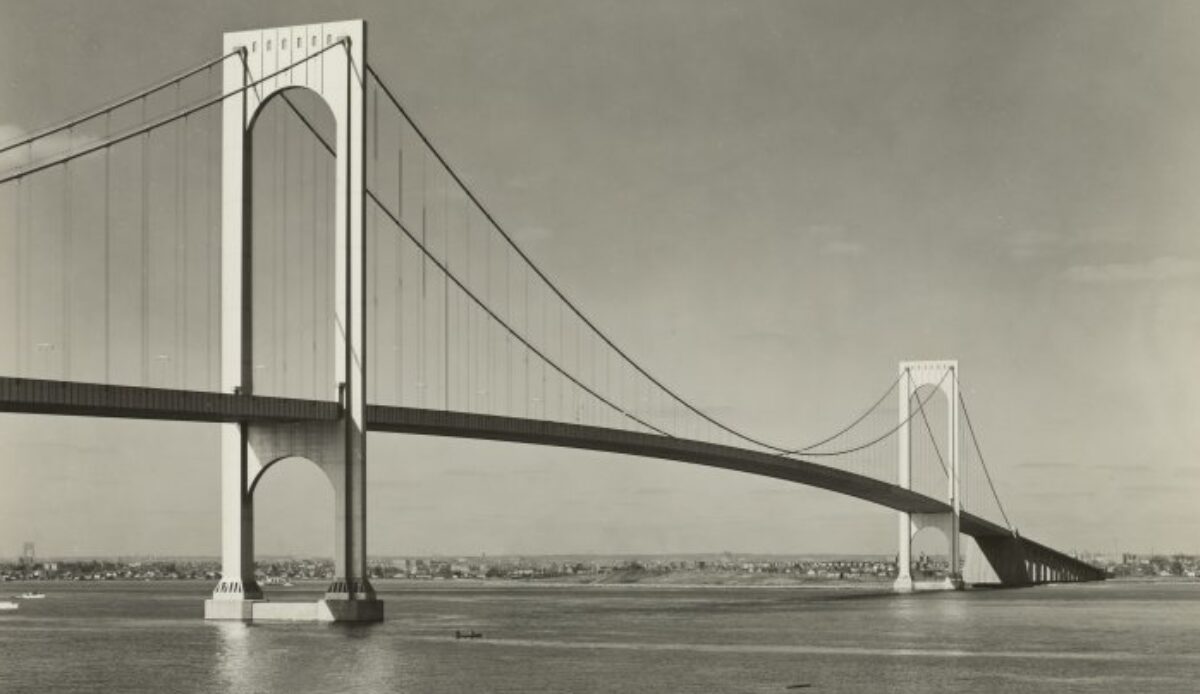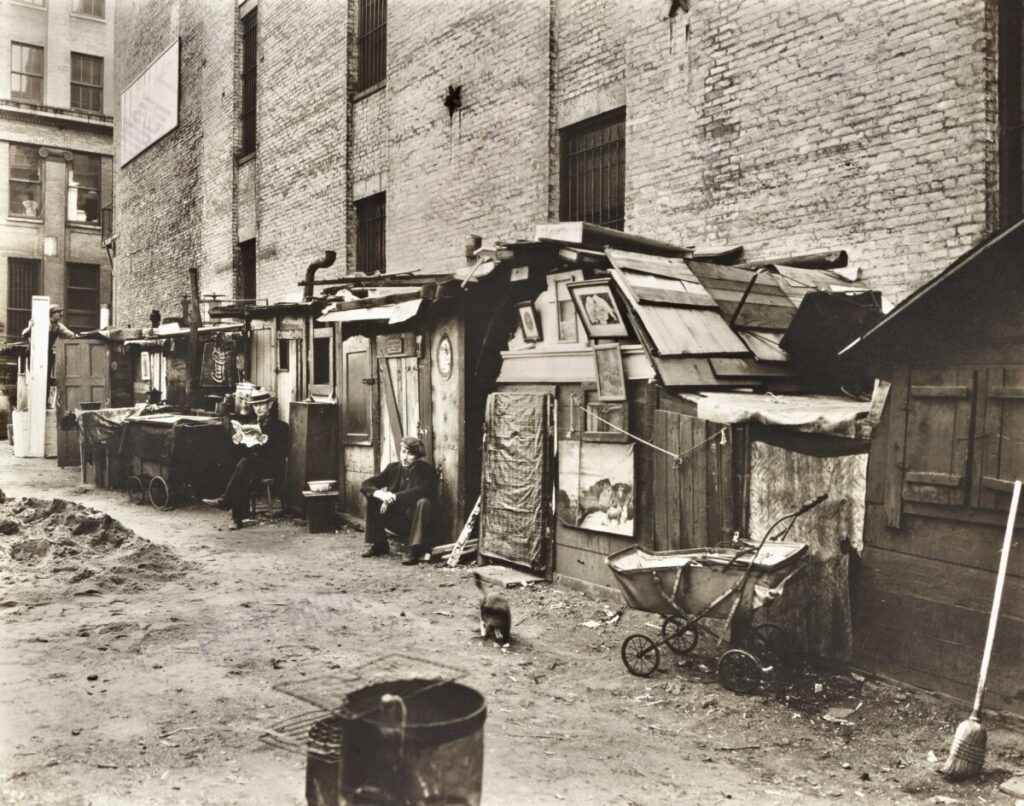As I profoundly observe the image my mind disperses into various modes. It brings out a reflective sadness by knowing that living conditions nearly a century ago were vastly different. Yet, it also brings out a little worry, as a human being it makes you think, what if our current situation wasn’t so far away from reaching such an extreme poverty and unemployment rates. However, knowing that this is history, it brings reflective thoughts, and it makes me know what and where I wouldn’t want to go as an individual and as a citizen of this nation. On another note, it makes me somewhat upset at the unappreciativeness, ignorance and insensibility that some American citizens become forgetful of where we came from as a nation and the potholes that we have stepped as a nation as well. Because of that, as a nation we also find ourselves just looping upon similar problems that we shouldn’t be in because they already occurred in history or once again have at least given us an example of what not to do and head into a more prosperous direction.
Nonetheless, I must be grateful that we are in different times and different lifestyles from what is shown in the image. One can only imagine what it feels like to be deemed to live in such lifestyle because of unfair circumstances and points in life out of our control.




